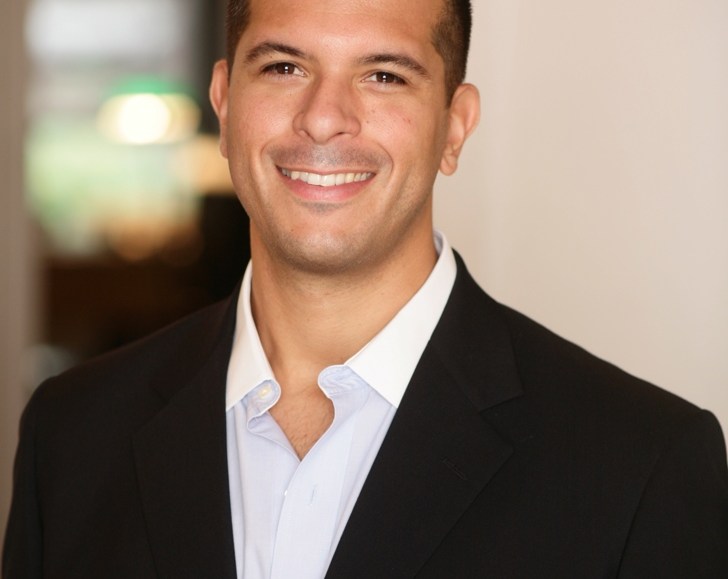
The industry, as it stands, is on course to produce an estimated 4 trillion display ad impressions in 2012. That’s too many when you consider that one in two, and that’s being conservative, has zero impact. Here’s a radical solution: Cut the number of ads on each Web page in half. This could unlock billions in brand ad dollars. But while cutting supply is a critical step, it needs to be accompanied by other moves.
Targeting has to get better. Targeted ads on balance perform better than ads that are not targeted. The current problem with targeting is that consumers are exposed to so many untargeted ads that they have learned to tune them out. Reduce the number of ads, use current targeting methodologies, and ads become that much more relevant. Leading to …
Ads need to be seen. Fewer ads on a page automatically give the remaining advertising messages a better chance to be seen. Providing advertisers the opportunity to have their message viewed is the very essence of what we do! And with fewer ads on the page, you can make the ads that remain bigger and bolder. Bigger ads are proven to perform better – large format ads get noticed 10 times more frequently than traditional banner ads. So, let creative agencies run wild with the enhanced real estate, and we will see the magic happen.
Attribution needs be fixed. A barrier to brand dollars moving online is the simple fact that, on the whole, marketers do not see the impact that display advertising has on key brand metrics as well as offline sales. There are a lot of companies working on solving this problem. A reduction in the number of ads – particularly those designed to game attribution models (you know the ones: bottom of the page, bought specifically to drop cookies and game the last-view-wins battle) will go a long way to make these models work.
Publishers must reap rewards. A hurdle for publishers is that most advertising technology investments have benefited marketers. Most publishers are not happy with the yield for ads sold indirectly. Interestingly, for my proposal to work, publishers hold the key. They control the pages, including the ads served on them. Publishers would be an equal beneficiary because fewer, bigger ads create the scarcity and demand needed to drive eCPMs and RPMs up.
It sounds simple, but changing processes is actually harder than coming up with new technologies for trading ad space. It would take a significant leap of faith. It would require all constituents to overlook the forces that incentivize the creation of more ads. This includes exchanges, which essentially guarantee monetization of each ad placed (even if it is pennies). Or last-view-attribution modeling, which is used by the very parties that advise marketers on online strategy. We are talking about massive changes here.
But with massive changes comes massive opportunity. We need to shake things up to capitalize. We need a few brave publishers to test a new page configuration, advertisers to try it and a measurement company to tie it all up with a proper methodology.
So, who is up for the challenge?
Eric Franchi is co-founder of Undertone, an online advertising platform. Follow him on Twitter @ericfranchi.
More in Media

What publishers are wishing for this holiday season: End AI scraping and determine AI-powered audience value
Publishers want a fair, structured, regulated AI environment and they also want to define what the next decade of audience metrics looks like.

Media giant Essence launches a marketplace for Black women-led brands
Essence has launched WeLoveUs.shop, a new online marketplace dedicated to Black women-led brands.

In Graphic Detail: The state of AI referral traffic in 2025
The stats reveal a new audience pipeline forming outside of traditional search and social platforms.





